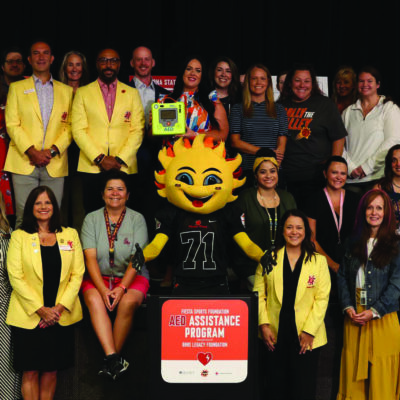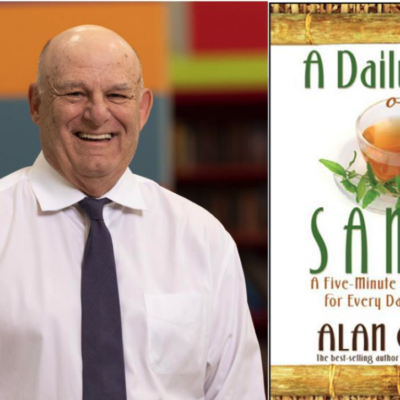Next Doors: Ensuring Everyone’s Heard

The Heard Museum spreads its wings to engage broader communities
When the Heard Museum comes up, your mind probably goes to Native American art. After all, the Heard’s eight-acre central Phoenix campus is one of the preeminent museums celebrating Native American art in the world, as well as one of Phoenix’s best-known cultural attractions.
But there’s a lot more to the Heard than just putting art on display. The Heard Museum’s mission has a broader focus, and its team is meeting that mission by spreading out beyond the museum’s walls and working to attract diverse audiences.
“The Heard Museum’s mission is to connect Indigenous creativity to the world by presenting the voice and vision of American unity and artists,” said Dan Hagerty, the Heard’s chief advancement officer. “That informs everything about how we engage with communities, how we steward our collection of 46,000 objects, how we implement, design, build our programs — all of those things.”
Some of the ways the Heard is going about engaging more members of the community start with the art itself, and the Native American artists who create it.
A problem faced in Native American cultures is that as time goes on, the culture starts to dissipate. Knowledge of elders is sometimes lost to newer generations, who may have moved away from their homes into urban areas. They become more accustomed to modern life, and tradition can go by the wayside.
The same is true in art. Some Native American art forms just aren’t as common as they used to be. But the Heard is working to counter that with a multigenerational approach that includes workshops in Native American communities across the Southwest where artists young and old can learn about different types of art, in a variety of mediums.
This means Native American artists have an opportunity to learn skills that may come from other tribes, as well as other generations.
“Being part of Native American culture, there’s an understanding that there’s a dearth in the practice,” said Marcus Monenerkit, director of community engagement for the Heard and the team member responsible for implementing the workshops. “It’s just trying to sustain and maintain the art forms that were shared in public settings and with family members sharing them. It’s a little bit different than past traditions.”
The workshops keep the pipeline of Native American art going so that current and future generations can enjoy it, whether they are Native American or not. Which leads to the next part of the Heard’s outreach mission — reaching as many communities as possible.
Hagerty said the museum provides free and accessible public programs for families as well as older adults — the 55-and-up age group is a big focus because the overall population is aging. They also do a lot of work with schools and educators, including a free field-trip program for schools that reaches about 10,000 students a year.
While the museum always wants paid visitors, it also does hundreds of public events a year, many of which are free events to appeal to families and economically disadvantaged communities.
“We want to make sure that everyone here feels wanted and welcome,” Hagerty said. “And for those patrons who may not be able to afford to bring, say, a family of six here, we appreciate that and we understand that’s the reality. So we develop a lot of programs that are really intended to be low-cost.”
The diversity stretches into the programming as well. While the Heard’s reputation is for Native American art, the museum’s team is always looking for ways to integrate other artistic elements.
Examples include the highly regarded “Yua: Henri Matisse and the Inner Arctic Spirit” exhibit from 2018-19 that spotlighted the influence of Native American masks on the work of French artist Henri Matisse. Or 2023’s “He‘e Nalu: The Art and Legacy of Hawaiian Surfing,” which spotlighted how Hawaii’s Indigenous peoples invented one of the world’s most recognized sports.
“We try to make sure we can get everybody here who wants to come,” Hagerty said. “And we do find that those kinds of programs can be really effective at removing some barriers to visitation that might be in place.”
It’s a changing world for museums in general, with an aging visitor base and the complexities of entertainment trends. By being as inclusive as possible, Hagerty said the Heard Museum is working to adapt to the modern day.
“In today’s world, we can’t be a place where we expect people to come and just look at something and leave,” he said. “Museums are really pushing to figure out what we’re going to be in the 21st century, how we are serving our companies and how we are engaging with everybody, not just select groups of people.
It’s a lot to grapple with, but the Heard is embracing the opportunity to take on a broader role. “It’s interesting to work in this field right now, and pretty challenging sometimes, because the roles of museums and cultural organizations are changing in the 21st century. It’s a different landscape than it once was,” Hagerty said.
To learn more, visit heard.org.






